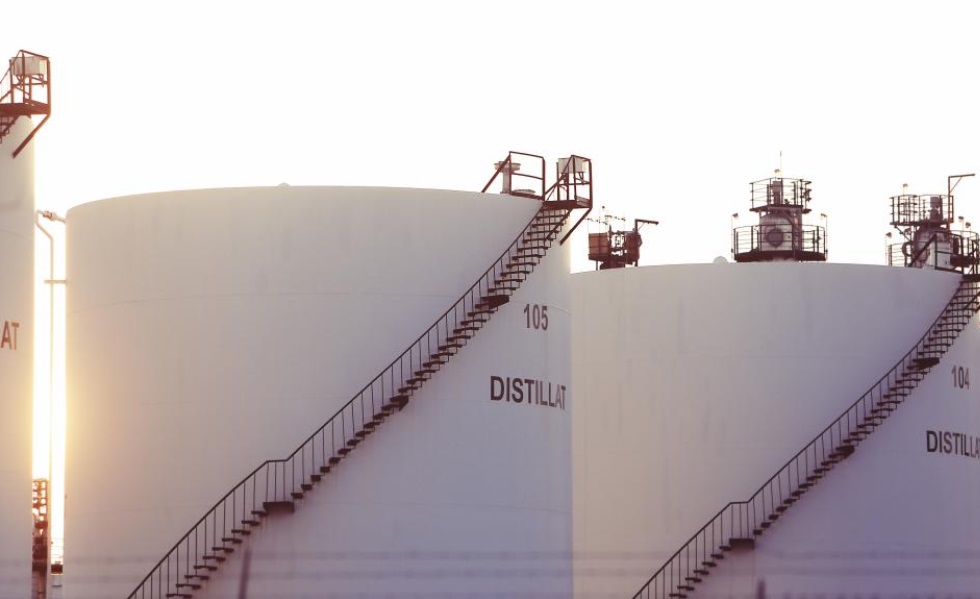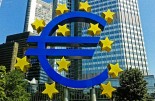Carmignac: First rate hike and a new fragmentation tool when heading into a new gas area for Europe
Carmignac: First rate hike and a new fragmentation tool when heading into a new gas area for Europe

This is a comment by Gergely Majoros, member of the Investment Committee at Carmignac, ahead of Thursday’s ECB meeting.
The European Central Bank remains stuck between a rock and a hard place. Its job will be to navigate a situation between strong inflation, including a higher-than-expected June print, and the mounting clouds due to the gas supply from Russia. Against a potentially recessionary environment, the ECB must consider its normalisation job. In case the economic fragility in Europe leads to further euro weakness, this would add another constraint for the ECB. In this context, flexibility and opportunistic management will remain key for investors in rate markets.
Thursday’s meeting should be a unique and historic moment. The ECB is widely expected to raise its rates for the first time since 2011, but the topic of debate is by how much. Will it decide to go from -0.5% today straight to zero? We don’t think so!
We believe the bar for a first rate hike of 0.5% after 11 years is simply too high, even though the fundamental situation would justify exiting the negative rate environment as soon as possible. While investors should not rule out a 0.5% increase at the coming meetings, we expect the bank to kick off with a hike of 0.25%.
First, the ECB has expressed the need for a gradual approach. Secondly, the forward guidance has been clear about a first 0.25% rate hike, which would need very strong reasons to be abandoned. And thirdly, it enables the ECB to retain some flexibility in case of adverse economic or political surprises in the near future.
Indeed, the ECB is also expected to present its new antifragmentation tool, just as a political crisis is emerging in Italy. In our view, the ECB could announce an unlimited programme to purchase sovereign debt concentrated at shorter-dated bonds for selected countries. The programme is expected to entail some “light” conditionality based on the NextGeneration EU funds for the applicable countries, or something similar. The credibility of this new tool will be key for the future development of periphery spreads.
Gas crisis
21 July is also expected to be an important date for the worsening gas supply problem in Europe, being the end date for the current maintenance works of Nordstream. Market attention has however started to move to another deadline, happening probably the week thereafter, as the missing turbine for the pipeline has been delivered to Germany and it will take a couple a days longer to arrive in Russia and be installed. Only then will Russia be able to technically operate the pipeline according to the usual amounts, and thus, only then will the market have a better understanding of the willingness of Russia to supply significant amounts of natural gas to Europe again.










